
The delivered box seemed much heavier than I had expected. Being LED, I had assumed it would have similar weight characteristics to the LED panels I had handled.
And I have to say, in general, those panels were awfully light and didn’t really inspire any confidence. After opening the box and taking the various bits from the packaging, it turned out all the weight was the tubelight.

First Impressions:
I had a quick scan through the documentation as the battery charged, and then fitted the diffusion tube in place. The diffusion tube is split 50:50 with one side for diffusion and the other side acting as tungsten colour correction, and can be twisted to use each side as necessary. The diffusion tube clicks securely into position because of a sprung pin at the top. It won’t turn unless you want it to. The grip has three buttons which are raised slightly, which means they’re easy to find by touch, when working with little available light. From the top, there is a power switch, increase brightness and decrease brightness. There’s a row of telltale small LEDs besides the buttons, which give an indication of the power setting. I found it rather interesting that there is a power socket to be found on the other side of the handle. This is lets you to charge it whilst in use. Great if working in the studio etc.


There’s a ¼ inch threaded socket in the base of the handle, which means you can mount on anything with a corresponding thread, which matches all those speedlight bracket mounts and tripod mounts we see all over ebay etc. Just bear in mind the weight of this thing. Some of those cheaper brackets I mentioned, won’t be able to lock properly to stop a gradual sinking of the tubelight.


In Use:
Having used some LED lights previously, I have to say, I had a few concerns. The main one, and certainly the biggest for me, was the colour rendering. The Colour Rendition Index on LEDs has come a long way over the past few years, but manufacturer specifications don’t always match up to actual experience. The documentation quoted a CRI of 95 which is better than most, but not quite where I would like it. Previously, I’d found the tones and colours to be a little weird. The only thing to do was find some unsuspecting victim and do a couple of test shots.
John is a motorcycle mechanic from a garage close to the studio. I decided on an ultra simple setup, nothing fancy. I was after seeing the effects of the diffusion sleeve, and how well it worked as the sole light source. I decided to make use of a reflector for the fill, giving a fairly contrasty or gritty look, in keeping with his character. I had the tubelight mounted vertically on a lightstand about 28 inches away from John, with the reflector placed directly opposite the lightsource, and about 20 inches away from John.

Olympus OM-D E-M1 mkII 1/60th sec f4 at ISO400 with the tubelight on full.
John did mutter something about the light being bright, and the small pupils and slight squinting is possibly not the best look for a model. That said, the settings I was shooting at, are definitely usable. I would point out the possibility of blurring should the subject move quickly. Ignoring that, I have to say I was quite taken with the skin tones. I deliberately did nothing to the image in lightroom, other than do a straightforward export from raw to jpeg. I also like the diffusion of the light too. I think the diffusion tube works better than I expected it to, to be honest.
You can see how simple the lighting setup was for John’s image, from the behind the scenes shot below.

I hadn’t really thought about anything else to shoot with the tubelight as test subjects. However, I was shooting motorcycles in John’s garage a few days later, and decided to do a lightpainted image of one of the motorcycles. I’ve done a fair bit of lightpainting in the past, although it tended to be using flash and stacking several exposed images. I had used single exposures and a constant lightsource before, but it was a good while ago, during my film days. I used to use a cycle lamp as the light source back then. My first attempt with the motorcycle was a bit of a disappointment. Far too long an exposure, as I had vastly under estimated just how bright the tubelight was. Basically, I got a white frame. Meh!
Much better on the second attempt, but still too bright.
My third go was pretty good, and I included the tubelight within the image, so the pathwould be visible. It’s still a little brighter than I was aiming for.

Olympus OM-D E-M1 mkII 15 secs f20 ISO200 tubelight at half power.
I now increased the distance of the tubelight to the motorcycle, effectively doubling it, and opened the aperture a little. Again, this image is a simple conversion from raw to jpeg in Lightroom

Olympus OM-D E-M1 mkII 15 secs f16 ISO200 tubelight at half power.
The BTS below is actually from the flash based shoot I was doing earlier, where the bike faced the other way.

Considering I hadn’t lightpainted with a constant light source in a number of decades (ahem!), I like the finished image. I particularly like the the colours and tones and feel they are an accurate representation. I think the broad path of light causes an even coverage, and is down to the length of the tubelight. it picks up the detail quite nicely. In my film days, I sometimes had problems with dark areas when using the cycle light as a light source, due to it’s small size. I was quite surprised to see just how well the lightpainted image compared to the flash image taken earlier. This image is a straight conversion, whereas my flash image was fully worked up, and there wasn’t a lot to choose between them.
Conclusion:
Materials and finish are to a very high standard, and it certainly feels robust. Very straihtforward to use, and after only a few minutes prodding various buttons to see what they do, I felt quite confident. The tubelight came complete with two batteries, a really good quality case and also a remote. Two chargers, one for the batteries and a second to charge the battery whilst in use. The batteries give an hour’s shooting time if the tubelight is at full power. Of course, the ability to run the tubelight from mains and charge the battery insitu when shooting in a studio is a nice feature. The batteries take 2.5hrs to fully charge from flat.
The colour rendering was a bit of a surprise, and particularly true regarding skin tones.
I’m definitely flash orientated. Have I changed my mind after using the Mcoplus tubelight? No, not really. Although it’s re-kindled my interest in light painting again. And I do quite fancy having a go at using it for a food shoot.
Considering I’m a dyed in the wool flash user, I do find I’ve started to take it along to location shoots. More interesting, is the fact I’ve started looking for personal projects, with the aim to use the tubelight, and that’s taken me more by surprise than anything. All my photography is basically client orientated.
I believe the Mcoplus tubelight is worth the price tag. The idea of doing projects for me, rather than clients, is worth a great deal more than the cost of the tubelight.
Manufacturers Specs:
Operation Current: 7.2~8.4V
Power: 20W
Color Temperature: 3200K/5500K
Lumens: 2000LM
CRI: 95
Beam angle: 60 degree
LED lamp: 322pcs
Average Life span: 50000hrs
Voltage: 12V/1A
Charging time: 2.5H
Battery Model: NP-F550
Battery use time: Approx. 1hr

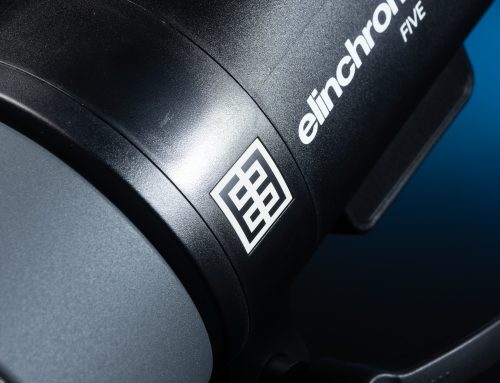
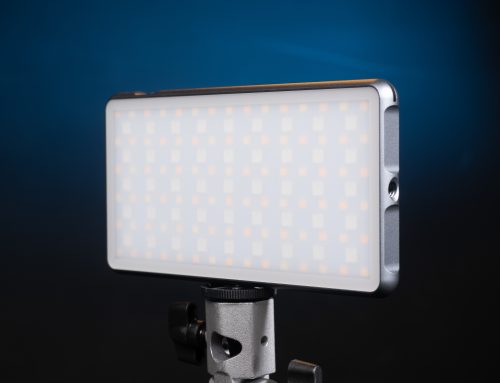
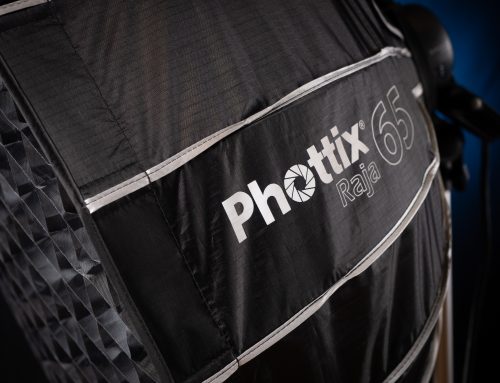
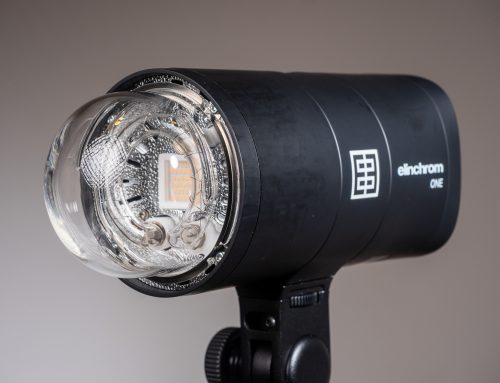
[…] dragged John, a local motorcycle mechanic, into the studio for an impromptu portrait shoot whilst reviewing the Mcoplus LE-R320 Tubelight. Obviously, kidnapping a chap tends to come at a price, so I agreed to photograph a few of his […]